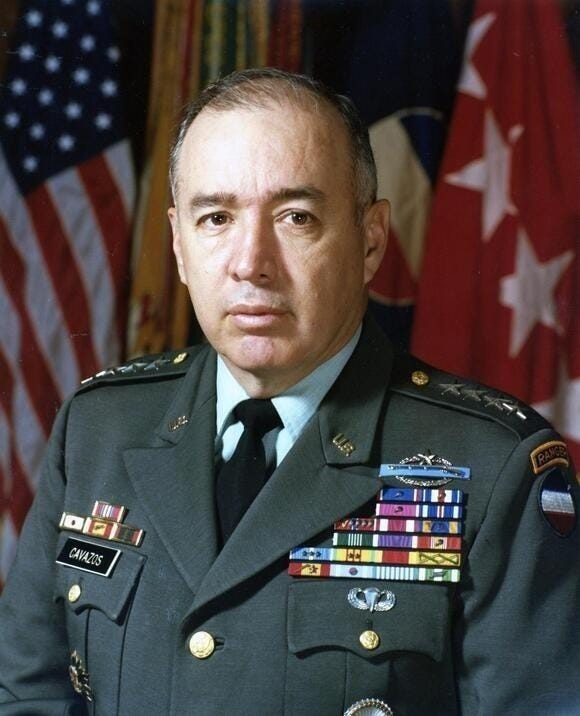
President Trump has announced that Fort Cavazos in Killeen, Texas, which is currently named for a Texan who earned a Medal of Honor for heroism under fire in Korea, served in combat in Vietnam, once commanded the base that now bears his name, and was the first Hispanic-American to attain the rank of a Four Star General in the US Army, will be renamed for an obscure World War One soldier from Kansas to restore its original historic name of "Fort Hood."
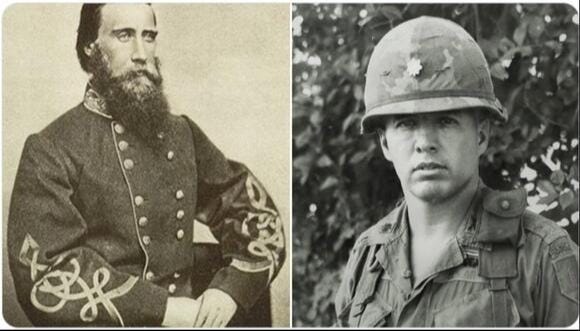
Fort Hood was initially named for Confederate General John Bell Hood of Kentucky, who was known for leading his men on reckless charges that left most of them dead or gravely wounded on the battlefield. By contrast, Cavazos was a native Texan who risked court-martial in Korea for refusing an order to retreat from a battlefield and instead repeatedly returned, under fire, to retrieve the soldiers who would have been left behind and evacuated them to safety.

The base was one of nine U.S. Army installations originally named after Confederate leaders and renamed in 2023 after the 2020 killing of George Floyd.
President Trump announced the renaming during a visit to Fort Bragg on Tuesday, June 10, 2025 (whose name had been changed to Fort Liberty), along with Fort Moore (whose name was returned to Fort Benning) earlier this year.
He has the support of Secretary of Defense Pate Hegseth who condemned the renamings as part of a "woke" culture he has referred to as "crap" and "garbage."
Although the seven bases will revert to their former names, none will actually be named for their former Confederate namesakes. Instead, they will be named after US military members with the same last names.
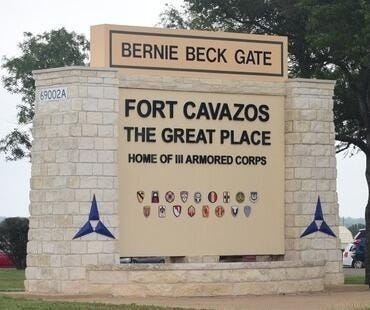
When it comes to renaming Fort Cavazos, I will admit this issue hits close to home for me (literally). I grew up in General Cavazos' hometown of Kingsville, where his family was well-known and well-regarded. As a reporter, I also covered his assumption of command of the base that would later bear his name.
General Cavazos was raised on the legendary King Ranch, the son of a lowly cowhand (Lauro Cavazos Senior), who eventually became a ranch foreman, famously defended the ranch from raiding Mexican bandits, and later fought during World War I as an artillery battery First Sergeant.
Basically, the whole family was made up of badasses (and I say that in a respectful way).

His older brother, Lauro (Junior), became President of Texas Tech University and U.S. Secretary of Education. Like his younger brother, Richard, he served in the U.S. Army in an infantry unit during the last days of World War II.
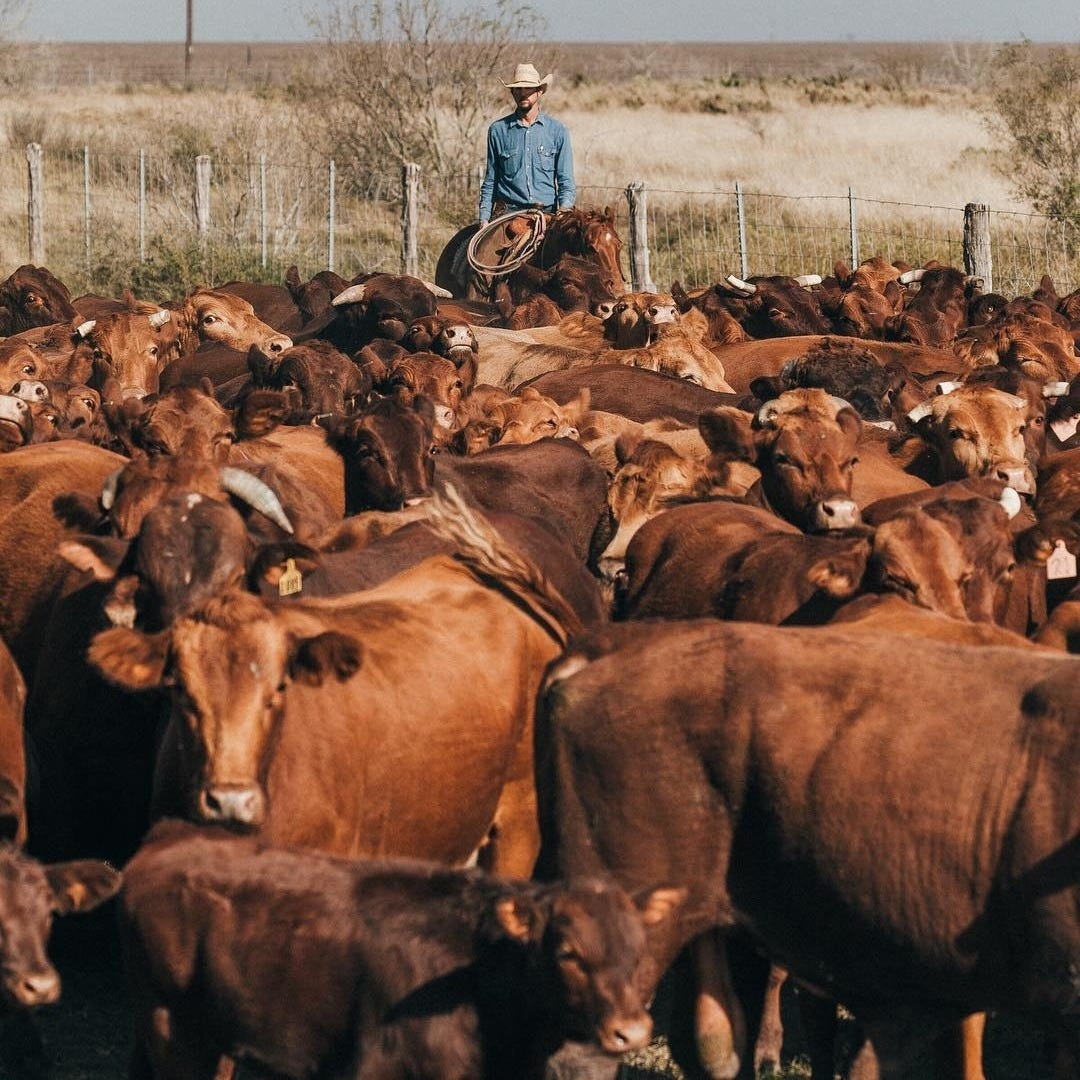
A younger brother, Bobby, became foreman of the 250,000-acre Laureles Division of the King Ranch and a Commissioner of the County in which they grew up. Like all the Cavazos brothers, he attended their beloved Texas Tech University, where he was an All-American football player and was named "Mr. Texas Tech University."
(And which I attended).
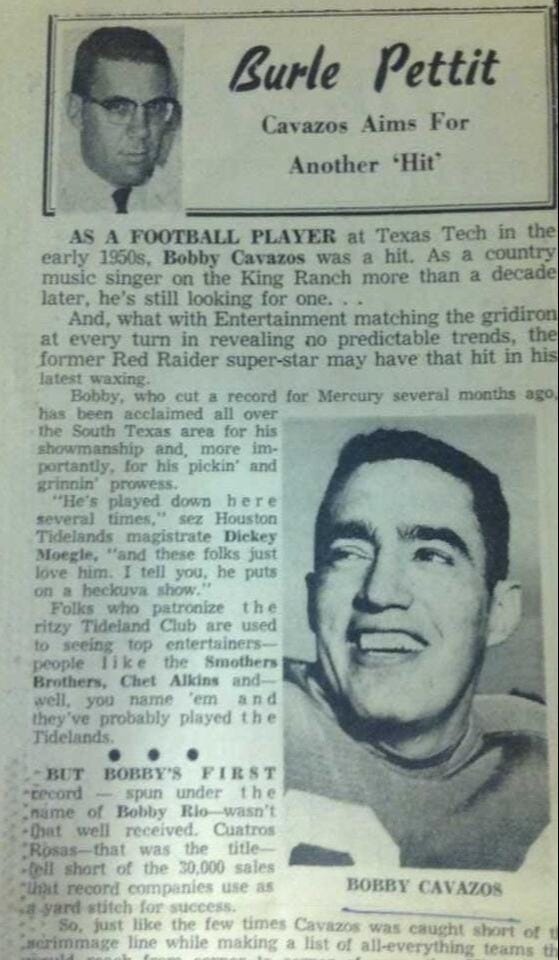
Bobby also served as an Army Reserve Infantry Officer in Korea.
Richard Cavazos attended Texas Tech, played on the football team, and earned a commission as a US Army Officer through its ROTC program. As a junior officer (1st Lieutenant), Cavozos was shipped out to Korea and quickly made his mark leading troops on the battlefield.
Here is the US Army's account of his actions, which earned him a Distinguished Service Cross, and - after his death- were recognized with the nation's highest military honor:
"Then-1st Lt. Richard E. Cavazos distinguished himself by acts of gallantry and intrepidity above and beyond the call of duty, while serving as the commander of Company E, 2nd Battalion, 65th Infantry Regiment, 3rd Infantry Division, on June 14-15, 1953, in the vicinity of Sagimak, Korea. On the night of June 14, Cavazos led his company during a raid on an entrenched enemy outpost to destroy the personnel and installation.
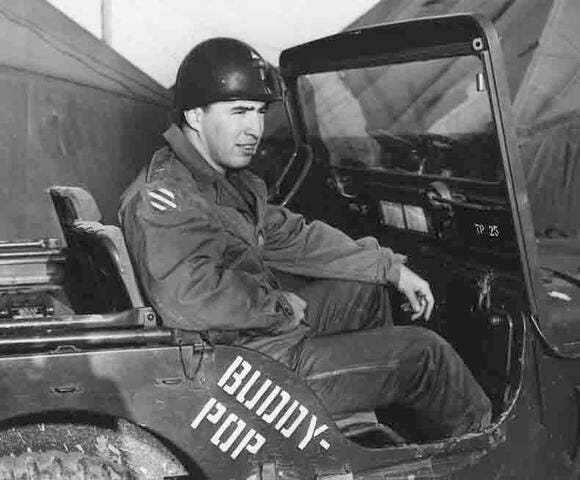
During the initial attack, Cavazos led his men through intense enemy mortar and artillery fire. Upon entering the trenches, fierce close combat ensued, and Cavazos directed heavy fire on the enemy and their positions. When an extremely intense enemy mortar and artillery barrage hit his position, Cavazos withdrew the company and regrouped his men. Twice more he led his men through intense enemy fire during assaults on the enemy position, destroying vital fortifications and personnel. During the entire assault, Cavazos gave effective commands and words of encouragement to his men and inspired them to heroic heights of achievement through his personal example and leadership.
When ordered to withdraw his company, Cavazos complied but remained alone on the enemy outpost to search for missing men. While exposed to enemy fire, he located five casualties and evacuated them, one by one, to a point on the reverse slope of a nearby hill where they could be safely recovered by friendly forces.
Returning to the battlefield, he found a small group of men who had become separated from the main assaulting force and personally led them to safety. When informed that men were still missing, Cavazos again returned to the scene of the battle and led another small group of men to safety.
Cavazos then made two more unassisted trips to the battlefield, searching for missing soldiers. When he was satisfied that the battlefield was cleared on the morning of June 15, he finally allowed his combat wounds to be treated.
Then-1st Lt. Cavazos' conspicuous gallantry, extraordinary heroism and intrepidity at the risk of his life, above and beyond the call of duty, are in keeping with the highest traditions of military service and reflect great credit upon himself, his unit and the United States Army."
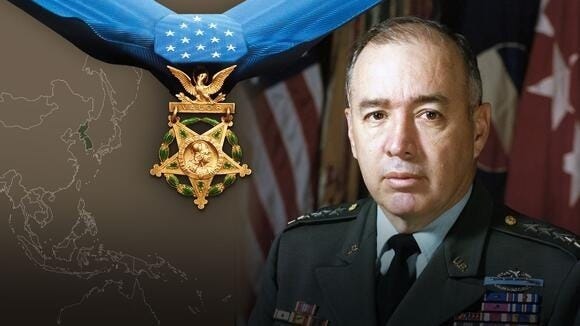
According to a former Army medic who served alongside Cavazos in Korea, his insistence on returning to the scene of the battle to heroically rescue his men (after being given orders to withdraw) was almost met with a court-martial until an officer higher up in the chain of command wisely intervened. (That bit of military history is missing from the US Army's official account of events).
Despite his strong Texas roots and heroic service, the Texas GOP has twice passed resolutions in 2024 & 2025 to not just restore the original "Fort Hood" name but to "Publicly honor the Southern heroes and rescind all name changes of our military bases."
Remember, in 1976, Cavazos became the first Hispanic to reach the rank of brigadier general in the United States Army. In 1980, he became commander of III Corps and what was then Fort Hood.
I first met General Richard Cavazos as he assumed command of (then) Fort Hood. He was intensely focused on the well-being of the lowliest soldiers under his command.
In 1982, Cavazos again made military history by becoming the army's first Hispanic four-star general.
Cavazos's military awards (aside from his posthomous Medal of Honor) include two Distinguished Service Crosses, an Army Distinguished Service Medal, a Silver Star, a Defense Superior Service Medal, two Legion of Merit awards, five Bronze Star Medals, the Purple Heart, the Combat Infantryman Badge, the Parachutist Badge, and a Ranger Tab.

By comparison, Colonel Robert B. Hood for whom Fort Cavazos would be renamed (again) was a World War I recipient of a single Distinguished Service Cross.
According to Army records, while under heavy shelling near Thiaucourt, France, then-Captain Hood "directed artillery fire under enfilading machine-gun fire. After his gun crew was lost to enemy fire, he rapidly reorganized and returned fire within minutes.”
(NOTE: I do not presume to denigrate Colonel Hood's service, nor his honor of receiving a Distinguished Service Cross. I do, however, note the vast difference between his service record and that of MOH recipient General Cavazos).
Besides the Texas GOP calling for Fort Cavazos to be renamed, the rest of the Texas Republican establishment - including Governor Abbott, US Senators Cruz & Cornyn, and the Congressman in whose district Fort Cavazos is located have remained silent throughout this controversy.
However, the Democratic members of the Congressional Hispanic Caucus (including Texas Congress Members Joaquin Castro, Henry Cuellar, Gref Casar, Veronica Escobar, and Vicente Gonzalez, (who represents Cavazos’ hometown of Kingsville) sent a letter to US Defense Secretary Peter Hegseth urging him not to change the name of the base.
Their requests appear to have been ignored.
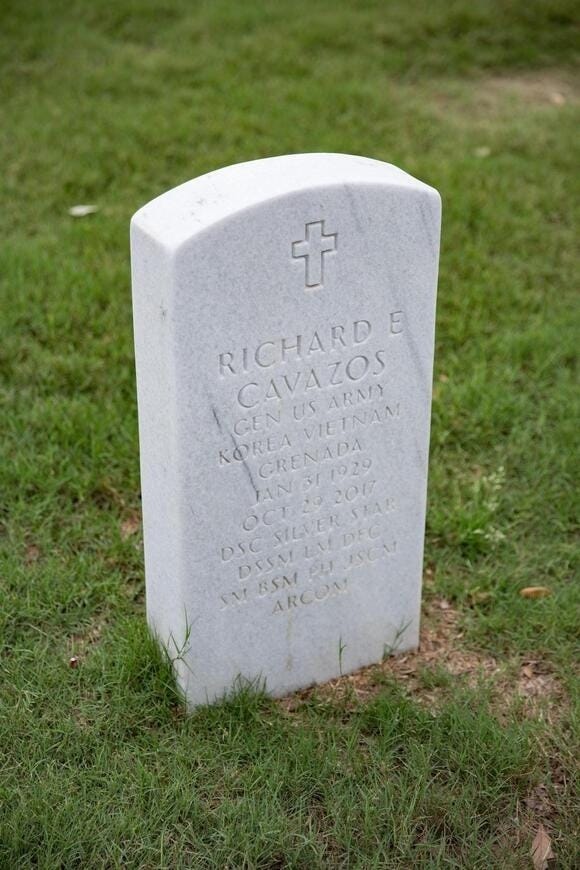
General Cavazos passed away at the age of 88 in San Antonio. He could have been buried with pomp & circumstance amidst other generals in Arlington National Cemetery, but instead chose to be laid to rest in a simple pine box among fellow soldiers in a nondescript grave at Fort Sam Houston National Cemetery in his beloved state of Texas.
Do you support removing General Cavazos' name from the installation he commanded in Central Texas?
Share your opinion in the comments on this article!
Abrazos,
Jack Beavers





Thanks, Jack… a truly important and disturbing story.
Thanks for another great article.
I'm of the mind that the General has more than earned his very own namesake. Rather than inheriting (or reinheriting) some secondhand afterthought of honor, celebrate the General in his own right.
To be fair - I don't think Hegseth specifically pointed out Fort Cavazos as "woke crap," and I have mixed emotions. Like you and so many others, I'm in awe of Cavazos legendary service.
I've never been in favor of any of the renamings. I included them with the desecrations and removal of statues of other historical landmarks because of our changing ideas of the past. History is history - we don't have to like all - or any - of who characters of the past were or what they did. History happened, so let it lie. Learn what we can from it, then move on and make our own.
Thanks for sharing Cavazos' rich history - he's been overlooked by so many Americans...unknown by so many that he and his family served and sacrificed for.